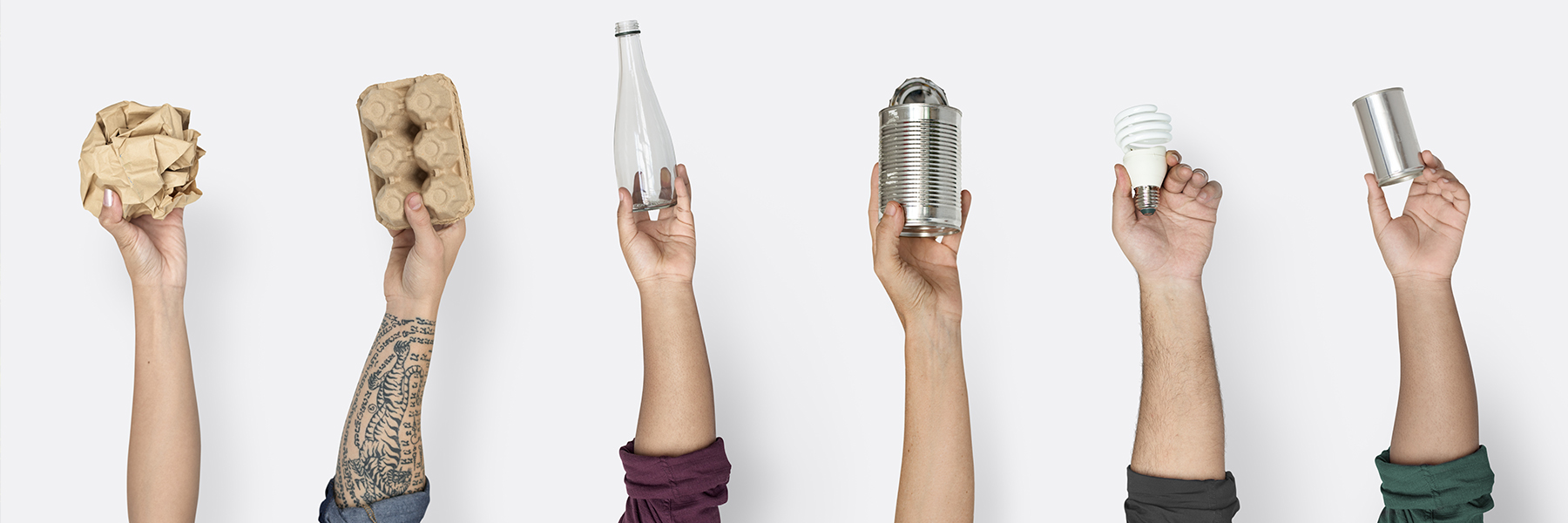How to arrange furniture in the nursery?
When planning a bedroom, safety is the main goal, but you should also focus on organization so your child knows where his things are.
In this post:
Standard sizes
Where to begin?
Storage organization
Workplace organization
Standard sizes
Here are the dimensions of a standard children's room: it has a bed, two bedside tables, a wardrobe, a work/play area and a window.
Where to begin?
When planning a children's room, start with the bed - it is the largest item in the room, and the arrangement of other pieces of furniture will depend on its size.
Basic rules for bed placement:
To leave enough room for each occupant to pass through, avoid placing the head of the bed toward the door.
Place the bed diagonally from the door. If possible, place a mirror so that while lying in bed you can see the reflection of the door.
The head of your bed should rest securely against a solid wall.
Avoid moving the head of the bed to the wall that borders the bathroom.
Storage organization
If your child's room has a closet, keep a basket of clothes inside or near the door to make it easier to remove clothes from the floor. Place drawers on the closet floor for out-of-season clothing and rarely used items, such as sports equipment and accessories (belts, hats or seasonal toys).
Use bookcases to store your child's belongings and provide enough containers to ensure everything your child has has its place. Arrange baskets and shelves so that your child always has clear passage in and out of the room. Typically, the corners of a room are rarely used, so this unused space is ideal for shelves and storage.
Unused space along the walls also frees up usable space in the center of the room. And don't forget to use the space under the bed. Under-bed storage is a godsend for a small child's bedroom, as toys can be hidden from view, and low-level storage will allow young children to access what they need (and put it away themselves).
Workplace organization
Proper organization of the desktop can affect a child's well-being and increase his productivity. Here are a few simple but important rules to consider when organizing a workspace for your child.
• Do not place the table facing the wall. This can make your child feel locked in.
• Do not place the table with its back to the entrance. It may frighten the child if someone approaches him from behind.
• If possible, position the table perpendicular to the entrance. By placing the table in this way, you will create a place from which the child will see the door and will not feel walled up.




